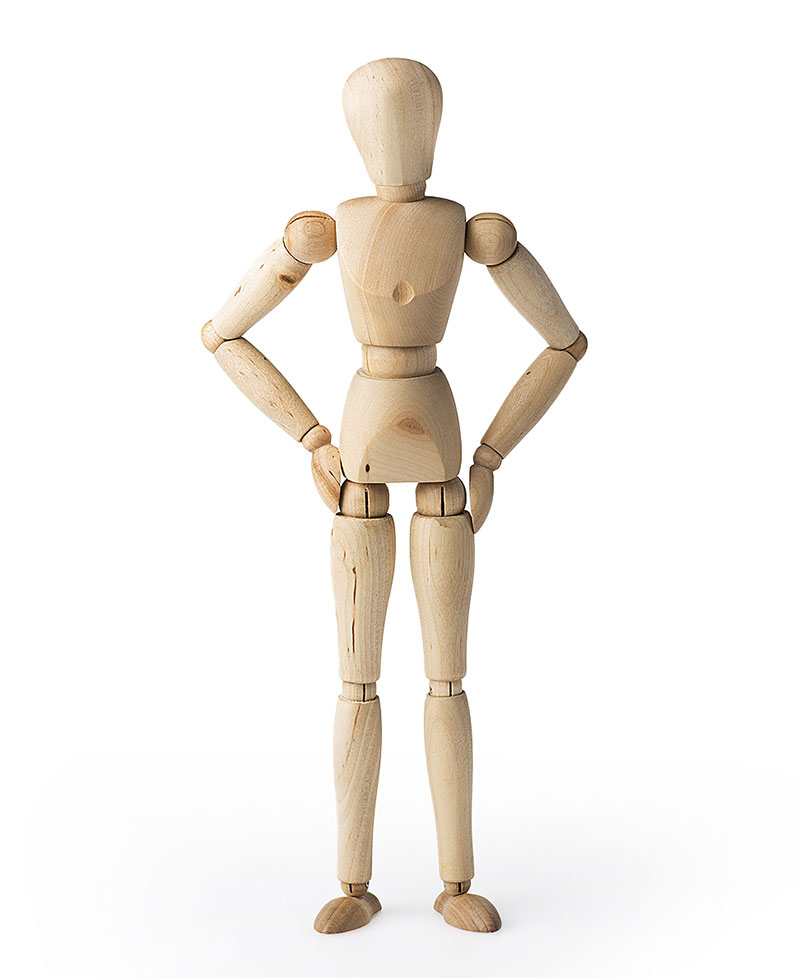A torn meniscus is one of the most common injuries of the knee joint. It may be caused by an acute injury such as a fall or by wear or old age. The inner meniscus is more commonly affected than the outer meniscus. Treatment depends on the type of tear and may be surgical or conservative.
This is a common injury of the knee joint. The anterior cruciate ligament is most commonly affected. It is caused by high energy trauma, often during sports or in road traffic accidents. The sudden change in direction or rotational movement combined with flexion of the knee or over-extension lead to this injury. It is a common injury in contact sports (football, handball and basketball), stop-and-go sports (tennis, squash, badminton) as well as skiing. The treatment may be conservative or surgical, depending on the patient’s symptoms and requirements.
Damage to the cartilage is also called chondropathy. If it affects the entire joint, it is called arthritis. Damage may occur suddenly due to an injury, or over a long period of time due to wear. Cartilage damage is classified according to its severity and is treated depending on how severe the damage is. Various conservative and surgical treatments exist.
Knee osteoarthritis is wear of the knee joint. It is caused by wear over many years and is made worse by obesity, malalignment of the leg axis, instability and previous operations.
The collateral ligaments (inner and outer) play an important role in stabilising the knee joint. Injuries to the inner ligament are far more common than the outer ligament. They are often caused in sports and isolated injuries are usually treated conservatively.
Dislocation of the knee cap is common among young women. It leads to tearing of the soft tissue on the inner side of the knee cap, which has an important stabilising role. There may also be damage to the cartilage, which in some cases requires surgical intervention. Risk factors for patella dislocation include gender, malformation of the patella or the patellar groove and axial or rotational malalignment. Treatment after the first dislocation is usually with a brace and physiotherapy. With recurrent dislocations or cartilage damage surgical treatment is necessary.
This is a fluid filled cyst at the back of the knee. Often previous damage to the knee joint has occurred. This irritation leads to increased production of joint fluid and protrusion through the back of the knee. With recurrent swelling and pain surgical treatment may be necessary. The aim of management should be, however, to treat the root cause.
Often you hear or feel a snapping while walking or bending the knee. This snapping is caused by a crease of the inner joint lining and is called a plica. Most of the time, a plica causes no problems. If a painful snapping phenomenon does occur, it is referred to as plica syndrome. This may lead to cartilage damage, in these cases surgical treatment may be necessary.
Runner’s knee, also called tractus syndrome, is caused by excessive stress of the tendinous tissue on the outside of the knee joint. It is often seen in runners. Treatment is rest, stretching exercises and specific therapy of the root cause.
This is a painful, chronic irritation of the bony/tendinous junction of the bottom tip of the knee cap. It is caused by repeated tensile stress and is often seen in ball sports such as volleyball or basketball. Treatment is primarily rest, physiotherapy and shock-wave therapy.


